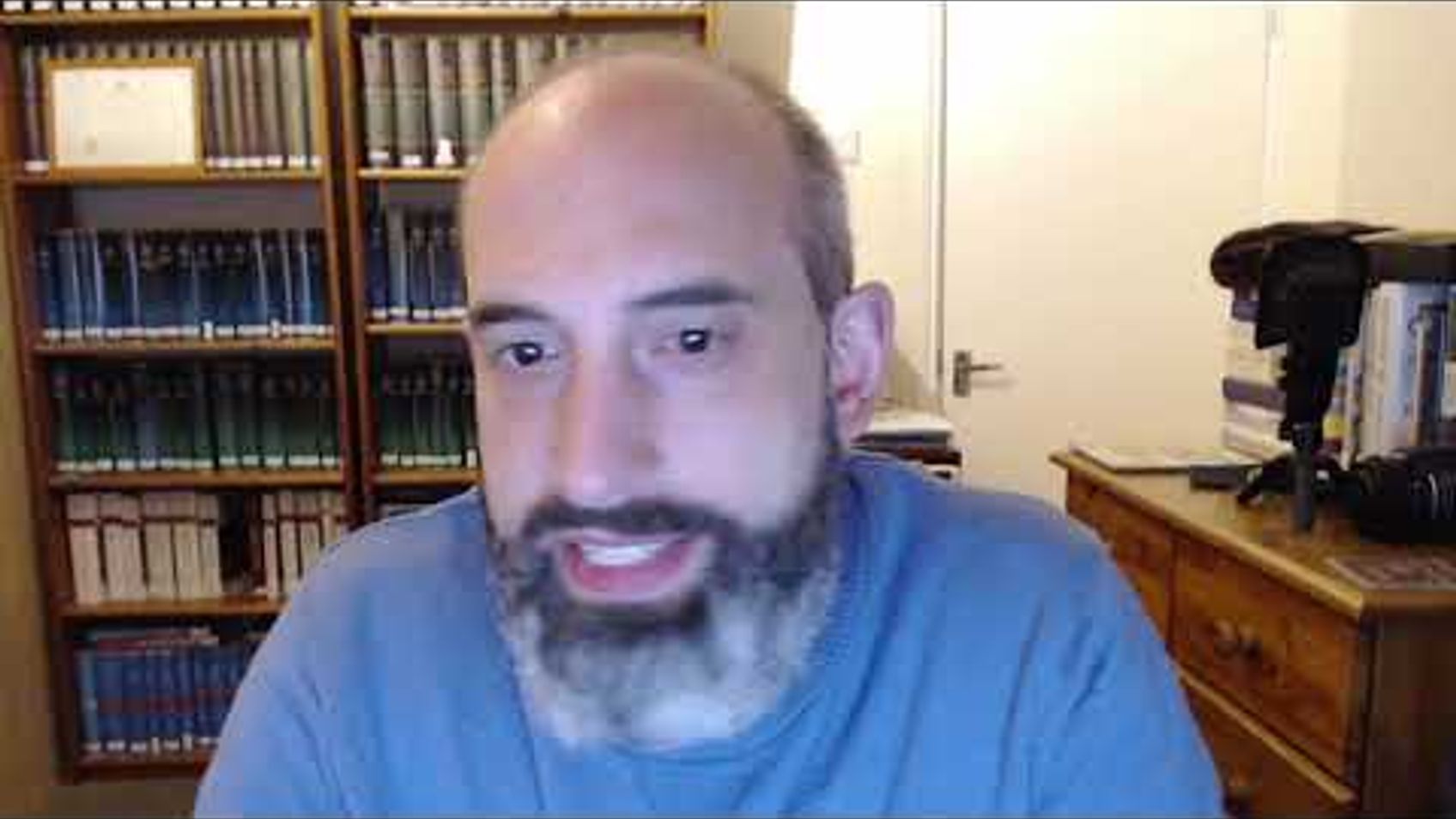Update and Jesus the Bridegroom in John and Revelation
August 30, 2023

Alastair Roberts
Follow our Substack, the Anchored Argosy at https://argosy.substack.com/. See my latest podcasts at https://adversariapodcast.com/.
If you are interested in taking my forthcoming course on John and Revelation, you can do so here: https://davenanthall.com/product/john-and-revelation/.
If you are interested in supporting my work, please consider becoming a patron on Patreon (https://www.patreon.com/zugzwanged), donating using my PayPal account (https://bit.ly/2RLaUcB), or buying books for my research on Amazon (https://www.amazon.co.uk/hz/wishlist/ls/36WVSWCK4X33O?ref_=wl_share).
You can also listen to the audio of these episodes on iTunes: https://itunes.apple.com/gb/podcast/alastairs-adversaria/id1416351035?mt=2.
More From Alastair Roberts

Digital Liturgies (with Samuel James)
Alastair Roberts
October 4, 2023
'Digital Liturgies: Rediscovering Christian Wisdom in an Online Age' (https://amzn.to/3LNn8Q3) is a new book by Samuel James. Within it he explores so
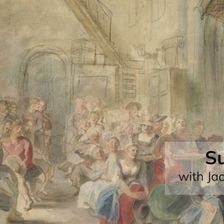
Sunday (with Jack Franicevich)
Alastair Roberts
October 13, 2023
Jack Franicevich, a deacon and curate at Cornerstone Valparaiso and adjunct professor of writing at Valparaiso University, joins me to discuss his new
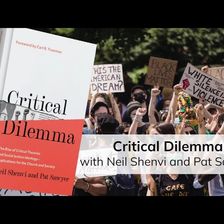
Critical Dilemma (with Neil Shenvi and Pat Sawyer)
Alastair Roberts
October 19, 2023
Neil Shenvi and Pat Sawyer are the authors of the recently released book, 'Critical Dilemma: The Rise of Critical Theories and Social Justice Ideology
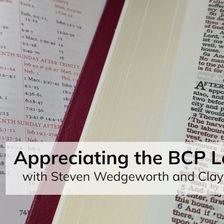
Appreciating the BCP Lectionary (with Steven Wedgeworth and Clayton Hutchins)
Alastair Roberts
August 17, 2023
Steven Wedgeworth and Clayton Hutchins recently started the BCP Propers Podcast (https://podcasts.apple.com/gb/podcast/the-bcp-propers-podcast/id16973
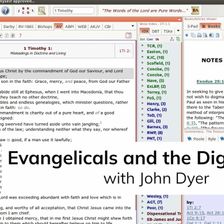
Evangelicals and the Digital Bible (with John Dyer)
Alastair Roberts
July 13, 2023
John Dyer is the author of the recently published 'People of the Screen: How Evangelicals Created the Digital Bible and How It Shapes Their Reading of
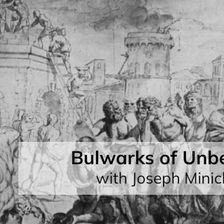
Bulwarks of Unbelief (with Joseph Minich)
Alastair Roberts
May 25, 2023
Joseph Minich is the author of the recent 'Bulwarks of Unbelief: Atheism and Divine Absence in a Secular Age' (https://amzn.to/42lBNrj). He teaches fo
More on OpenTheo
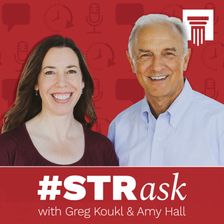
How Can I Showcase God’s Goodness When I’m Struggling in My Suffering?
#STRask
September 8, 2025
Questions about how to showcase God’s goodness when we’re really struggling in our suffering, an explanation of God’s response at the end of the book

How Would You Convince Someone That Evil Exists?
#STRask
November 17, 2025
Questions about how to convince someone that evil exists, whether Charlie Kirk’s murder was part of God’s plan, whether that would mean the murderer d

Should You Believe Things You Can’t Fully Comprehend?
#STRask
September 25, 2025
Questions about whether you should believe things you can’t fully comprehend, whether it’s just an arbitrary escape hatch to say God doesn’t require a

What Are the Top Three Apologist Pitfalls to Watch Out For?
#STRask
October 2, 2025
Question about the top three pitfalls to watch out for when you start using apologetics in conversations with others.
* What are the top three apol

How Do We Advocate for Christian Policy Without Making the Government Interfere in Every Area of Life?
#STRask
November 20, 2025
Questions about how to advocate for Christian policy without making the government interfere in every area of life, and the differences between the mo
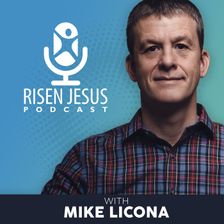
The Resurrection Standoff: Licona vs. Ehrman on the Unbelievable Podcast
Risen Jesus
October 22, 2025
This episode is taken from the Unbelievable podcast with Justin Brierly in 2011 when Dr. Bart Ehrman and Dr. Michael Licona address the question: Is t

The Historical Perspective vs. The Theological Perspective on the Resurrection: Are Both Valid?
Risen Jesus
October 1, 2025
This episode is a discussion between Dr. Mike Licona and then PhD candidate Laura Robinson on the Capturing Christianity podcast. While both scholars

How Could the Similarities Between Krishna and Jesus Be a Coincidence?
#STRask
October 9, 2025
Questions about how the similarities between Krishna and Jesus could be a coincidence and whether there’s any proof to substantiate the idea that Jesu

Can You Provide Verifiable, Non-Religious Evidence That a Supernatural Jesus Existed?
#STRask
November 10, 2025
Question about providing verifiable, non-religious evidence that a supernatural Jesus existed.
* I am an atheist and militantly anti-god-belief. Ho

Did Jesus Lie in Mark 5:39?
#STRask
August 18, 2025
Questions about whether Jesus lied in Mark 5:39, proving that lying can’t be a sin, when he said, “The child has not died, but is asleep,” and what Je

Could the Writers of Scripture Have Been Influenced by Their Fallen Nature?
#STRask
October 23, 2025
Questions about whether or not it’s reasonable to worry that some of our current doctrines were influenced by the fallen nature of the apostles, and h

How Do These Passages Fit with Your View on How God Speaks?
#STRask
September 15, 2025
Questions about why, if it’s impossible to miss God’s voice, the disciples incorrectly told Paul “through the Spirit” not to go to Jerusalem, people m

Is It a Sin to Feel Let Down by God?
#STRask
November 6, 2025
Questions about whether it’s a sin to feel let down by God and whether it would be easier to have a personal relationship with a rock than with a God

Mike Takes on World Ranked Debator on the Topic of Jesus' Resurrection from the Dead
Risen Jesus
August 27, 2025
Dr. Shane Pucket was ranked the 32nd best debater in the world in 2012. That year, he faced off against Dr. Michael Licona at Monroe Baptist Church in
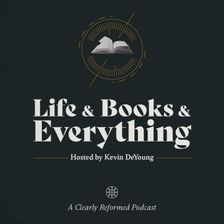
The Heidelberg Catechism with R. Scott Clark
Life and Books and Everything
November 3, 2025
You may not think you need 1,000 pages on the Heidelberg Catechism, but you do! R. Scott Clark, professor at Westminster Seminary California, has writ
